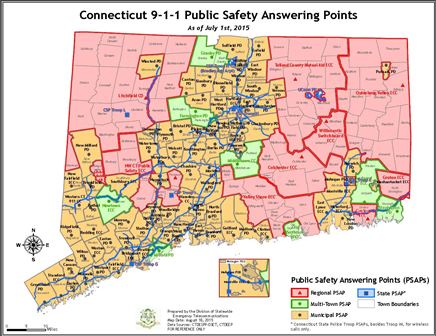EMS Provider Resources
-
 Regional Mass Casualty Incident Trailers (MCI) - Through collaboration between the Office of Public Health and Preparedness Response (OPHPR) and the Office of Emergency Medical Services (OEMS), the five regional Mass Casualty Incident (MCI) trailers have been updated focusing primarily on utilizing them as pre-deployment assets. The trailers are prepositioned with host agencies in each of the 5 regions. Please see the MCI Trailer PDF document for full information and detail.
Regional Mass Casualty Incident Trailers (MCI) - Through collaboration between the Office of Public Health and Preparedness Response (OPHPR) and the Office of Emergency Medical Services (OEMS), the five regional Mass Casualty Incident (MCI) trailers have been updated focusing primarily on utilizing them as pre-deployment assets. The trailers are prepositioned with host agencies in each of the 5 regions. Please see the MCI Trailer PDF document for full information and detail. - National Counterterrorism Center's (First Responder's Toolbox) Persistent Threat of Terrorist Ambush Attacks on First Responders - A document that provides awareness of the threat that ambush-style attacks pose to first responders, as well as recommendations and resources to enhance officer safety and preparedness.
-
Emergency Medical Services for Children (EMSC) - The EMS for Children State Partnership Program is to expand and improve EMS for children in need of treatment for trauma or critical care. Grantees will demonstrate, through performance measured-based deliverables, new models of EMS system and patient outcome improvements for children by testing innovative methods to promote coordination of pediatric emergency care and national quality improvement initiatives.
-
Public Safety Officers' Benefits Program (PSOB) - In a unique effort, the US Department of Justice, Bureau of Justice Assistance has created this program to provide death and educations benefits to eligible survivors of federal, state or local public safety personnel whose death was the direct and proximate result of a personal (traumatic) injury sustained in the line of duty. Please visit their website for more information and to download the PSOB Information Kit.
-
NHTSA's Office of EMS recently shared the document "Nerve Agent Information for EMS and Hospitals", which serves as a refresher on standard protocols for recognizing, treating and protecting oneself from nerve agent exposures. This best practices document was prepared by NHTSA's Office of EMS, HHS ASPR, DHS, and the National Security Council.
-
US Department of Homeland Security recently released an informational video - titled "Fentanyl: The Real Deal" - for EMS, law enforcement and fire department personnel responding to suspected Fentanyl overdoses.
-
Department of Children & Families Safe Haven Act - the law allows anyone to drop off a newborn baby (within the first 30 days of life) at any hospital emergency room in Connecticut. While details vary in each state, all 50 states in the country have some form of Safe Haven Law. To see how each state differs click here for a map showing detailed state-by-state information.
Connecticut-specific informational links
- Connecticut Office of Rural Health map of CT-ORH Designated Rural towns:

-
DESPP Division of Statewide Telecommunications map of Connecticut 911 Public Safety Answering Points (PSAPs)
Public Health Agencies
-
National Highway Traffic Safety Administration (NHTSA) EMS Office
-
Emergency Medical Services for Children (EMSC) National Resource Center
Emergency Medicine Associations and Journals
-
National Association of Emergency Medical Service Physicians
-
Connecticut Chapter of the American College of Emergency Physicians (CT ACEP)
EMS Associations and Information
Informational Links
-
HIDTA Synthetic Cannabinoids newsletter (Sept 2018)
Please Note: Adobe Acrobat Reader is needed in order to view and print the Portable Document Format (pdf) files.
![]()


